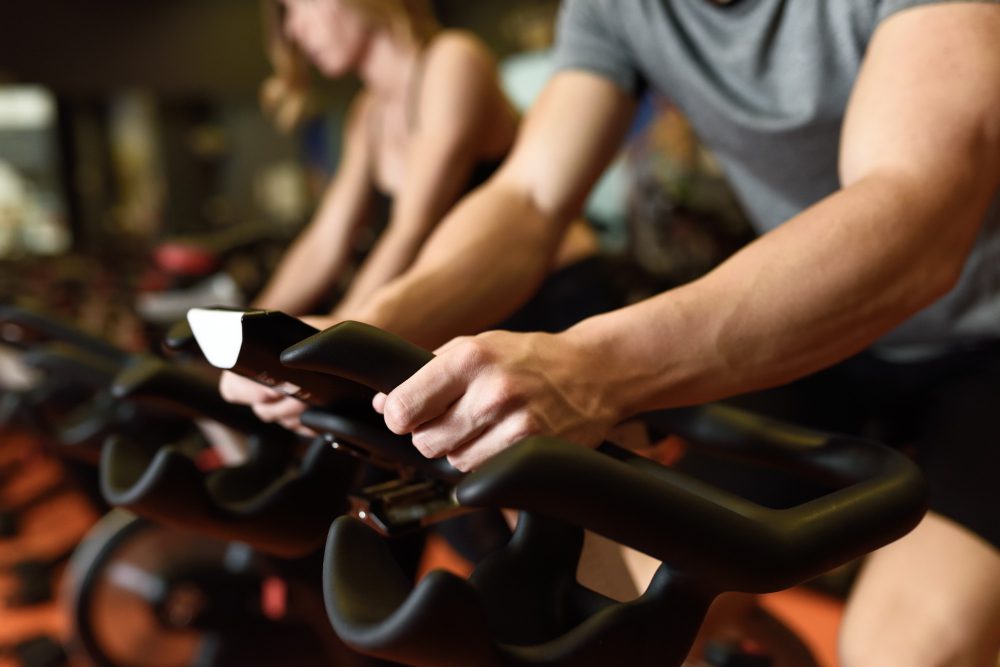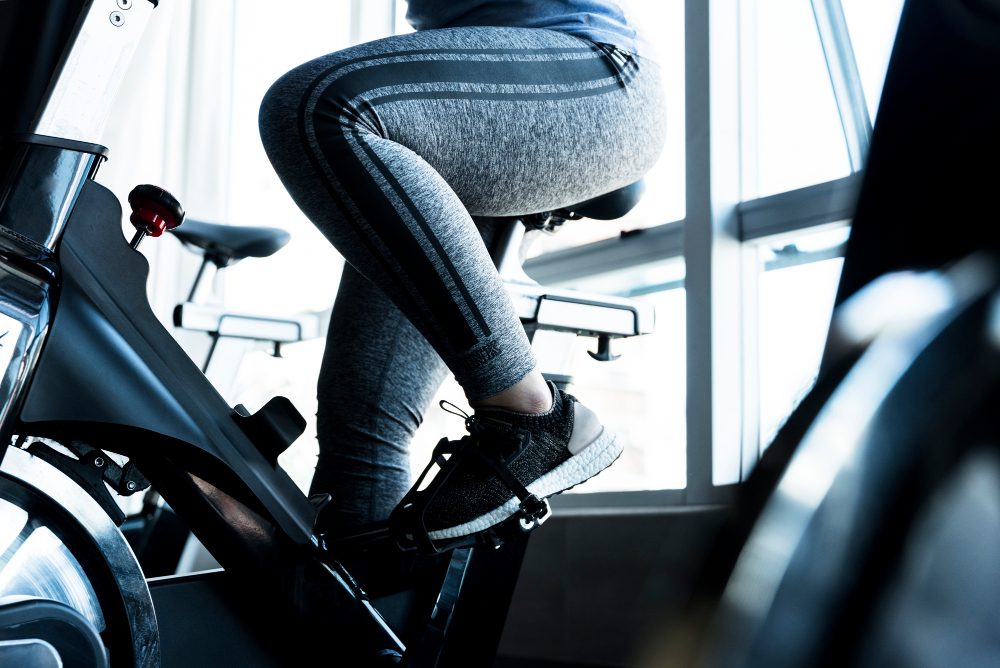What is the proper way to sit on a stationary bike?
Riding a stationary bike is a fantastic way to get in shape, improve cardiovascular health, and build lower body strength. However, it’s essential to know the proper way to sit on a stationary bike to maximize your workout and avoid any potential discomfort or injuries. In this article, we will explore the correct posture and positioning for an effective and safe stationary bike workout.
The Importance of Proper Sitting
Maintaining the correct sitting position on a stationary bike is crucial for several reasons. Firstly, it allows you to engage the appropriate muscles efficiently, leading to a more effective workout. Secondly, it helps prevent strain or injury to your joints, particularly the knees, hips, and lower back. Lastly, maintaining proper posture while cycling ensures a more comfortable and enjoyable experience overall.
Adjusting the Bike Seat
Before getting started, it’s crucial to adjust the bike seat properly to fit your height. When seated on the bike, your feet should comfortably rest on the pedals, and your legs should be slightly bent at the knees when the pedals are at the lowest point. Adjust the seat height accordingly, ensuring that your knees are not fully locked when the pedal reaches its lowest position.
Sitting Position and Posture
Once the seat height is set, you can focus on your sitting position. Start by sitting on the bike seat with your weight evenly distributed between your buttocks and your feet flat on the pedals. Your knees should be in line with your feet at all times during the pedaling motion.
To maintain proper posture, keep your back straight and your shoulders relaxed. Avoid slouching or leaning too far forward or backward. Engage your core muscles by gently pulling your navel towards your spine. This will help stabilize your body and promote better balance while cycling.
Hand Placement
The positioning of your hands is another important aspect of proper sitting on a stationary bike. The handlebars should be within easy reach and at a comfortable height. Place your hands on the handlebars with a light grip, keeping your elbows slightly bent. Avoid gripping the handlebars too tightly as it can lead to unnecessary tension and discomfort in your upper body.
The Correct Pedaling Technique
In addition to proper sitting posture, it’s essential to pay attention to your pedaling technique. Aim for a smooth and controlled motion, pushing down on the pedals with your feet as well as pulling up. This engages both the quadriceps and hamstrings for a more complete workout. Maintain a consistent pace and avoid bouncing or jerking motions while pedaling.
Remember:
“The key to a successful stationary bike workout lies in maintaining proper form and technique. By following the correct sitting position, adjusting the seat height, and focusing on good posture, you can achieve a safe and effective workout.”
To help you visualize the correct sitting position on a stationary bike, here is a simple step-by-step summary:
- Adjust the seat height to ensure your knees are slightly bent when the pedal is at its lowest point.
- Sit with your weight evenly distributed on the seat and your feet flat on the pedals.
- Keep your back straight, shoulders relaxed, and engage your core muscles by pulling your navel towards your spine.
- Place your hands on the handlebars with a light grip and keep your elbows slightly bent.
- Pedal smoothly and maintain a consistent pace with both pushing down and pulling up motions.
By following these guidelines, you can make the most out of your stationary bike workouts. Remember to start slowly and gradually increase the intensity over time. If you experience any discomfort or pain while cycling, consult with a fitness professional or healthcare provider for further guidance.
Now that you know the proper way to sit on a stationary bike, get ready to pedal your way to improved fitness and wellbeing!
How long should a beginner ride a stationary bike?
When it comes to riding a stationary bike, beginners often wonder how long they should spend on the bike to reap the benefits without overexerting themselves. While there is no one-size-fits-all answer to this question, there are a few guidelines that can help beginners determine an appropriate duration for their rides.
1. Start Slow and Gradually Increase
For novices, it’s important to start slow and gradually increase the duration of their rides. This allows the body to adjust to the new exercise and reduces the risk of injury. Begin with shorter sessions of around 10-15 minutes and then add a few minutes each week as your fitness level improves.
2. Listen to Your Body
Each individual is different, and it’s crucial to listen to your body when deciding how long to ride a stationary bike. Pay attention to any discomfort, fatigue, or pain during or after your workout. If you feel excessively tired or experience joint pain, it may be a sign that you need to reduce your riding time.
3. Aim for Regular Sessions
Consistency is key when it comes to reaping the benefits of riding a stationary bike. Rather than focusing solely on the duration of each session, aim for regular rides throughout the week. Shorter rides several times a week can be just as effective as longer rides done less frequently.
4. Progress Gradually
As your fitness level improves, you can gradually increase the duration of your rides. However, it’s essential not to push yourself too hard too soon. Increase your riding time by no more than 10% each week to avoid overtraining and minimize the risk of injury.
5. Mix Up Intensity Levels
Rather than solely focusing on the duration, beginners should also consider varying the intensity levels of their rides. Incorporating interval training or adding resistance can help improve cardiovascular fitness and burn more calories in a shorter amount of time.
“Remember, it’s not just about how long you ride, but how effectively you use that time.” – Fitness Expert
Ultimately, the length of time a beginner should ride a stationary bike depends on their individual fitness level, goals, and overall health. It’s always advisable to consult with a healthcare professional or a certified fitness trainer to determine an appropriate duration for your specific needs.
In summary, beginners should start slow, gradually increase their riding time, listen to their bodies, aim for regular sessions, and progress gradually. Mixing up intensity levels is also beneficial. Remember, always prioritize your safety and consult with professionals when necessary.
Should your leg fully extend on a bike?
When it comes to riding a stationary bike, it is essential to have the correct leg extension. This refers to the position of your leg when the pedal is at the lowest point during the cycling motion. The question many people ask is whether your leg should fully extend or not. Let’s explore this topic further.
The importance of proper leg extension
Having the correct leg extension on a stationary bike is crucial for several reasons:
- Efficiency: Proper leg extension allows for efficient pedaling, maximizing power transfer and minimizing energy wastage.
- Comfort: If your leg is too bent or too straight, it can cause discomfort and potentially lead to knee pain or injury.
- Safety: Maintaining the correct leg extension ensures that you have better control over the bike and can avoid any sudden jerks or accidents.
Finding the right leg extension
The ideal leg extension on a stationary bike varies from person to person. A general rule of thumb is to aim for a slight bend in your knee when the pedal is at its lowest point. You should be able to maintain a smooth and controlled pedaling motion without feeling strain or discomfort in your knees.
Remember, it’s important to listen to your body and make adjustments accordingly. If you experience any pain or discomfort, consult a fitness professional or physical therapist for personalized guidance.
Factors to consider
Several factors can affect your ideal leg extension on a stationary bike:
- Height: Taller individuals may require a slightly higher seat position to achieve proper leg extension.
- Flexibility: Your flexibility plays a role in determining the range of motion and comfort during cycling.
- Pedal type: Different pedal types, such as toe clips or clipless pedals, may alter your leg extension requirements.
Conclusion
In summary, your leg should not fully extend on a stationary bike. Strive for a slight bend in your knee when the pedal is at its lowest position to ensure efficiency, comfort, and safety during your workout. Remember to consider individual factors and make any necessary adjustments to find your optimal leg extension. Happy cycling!



